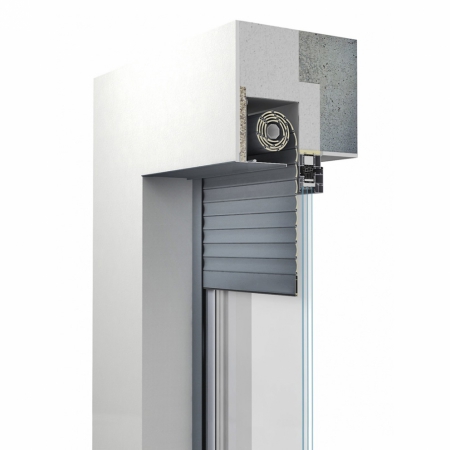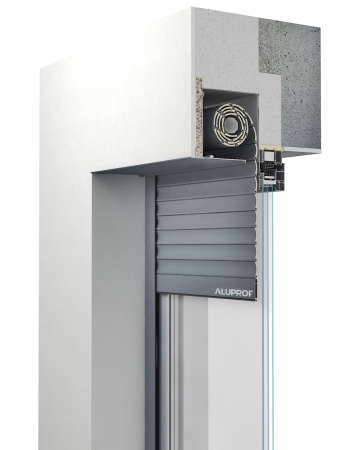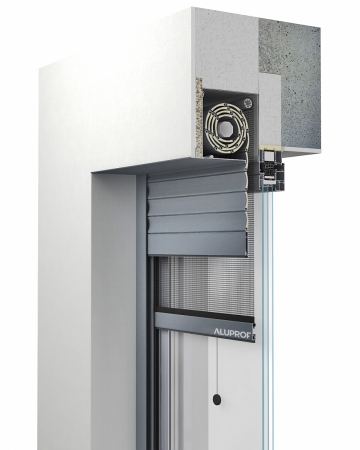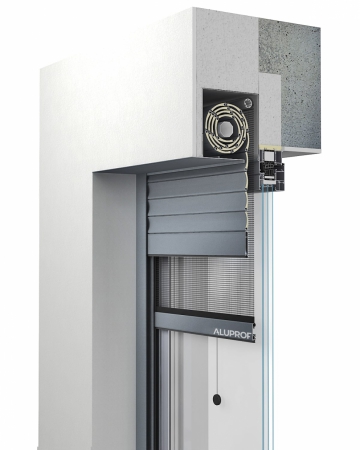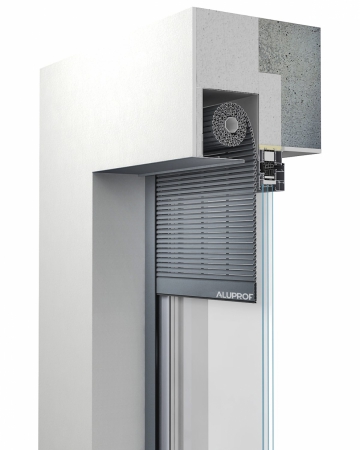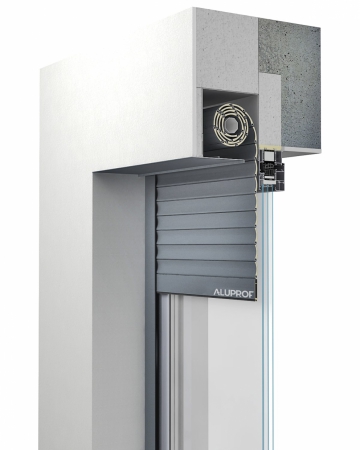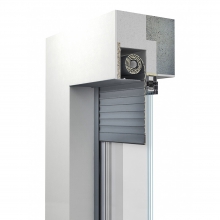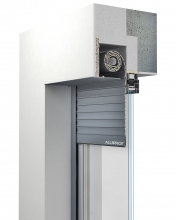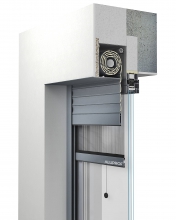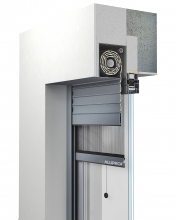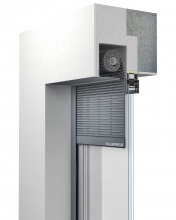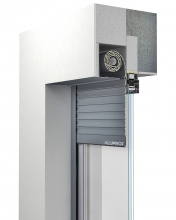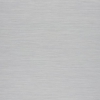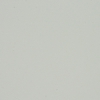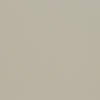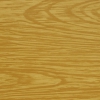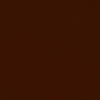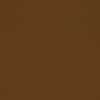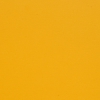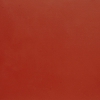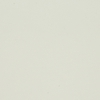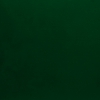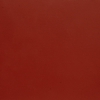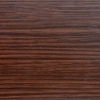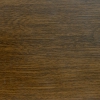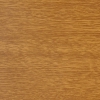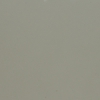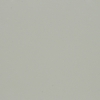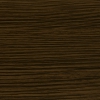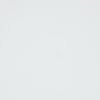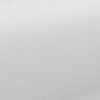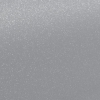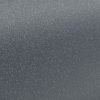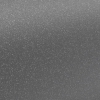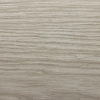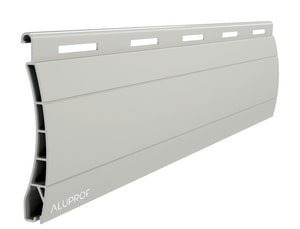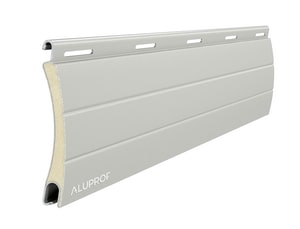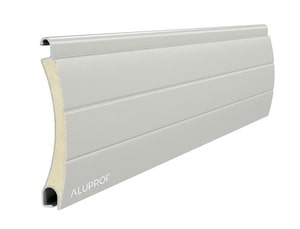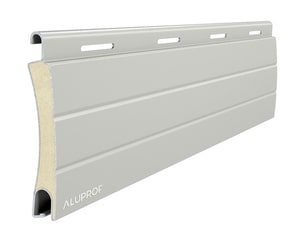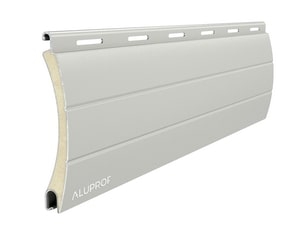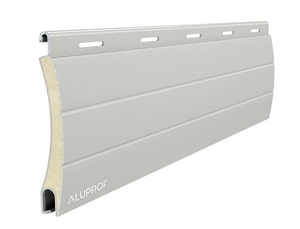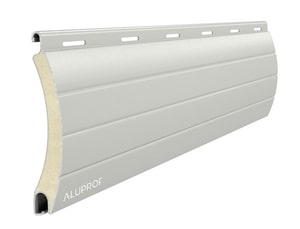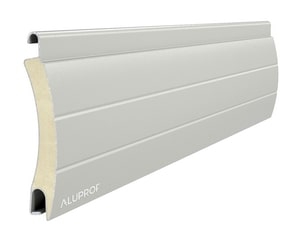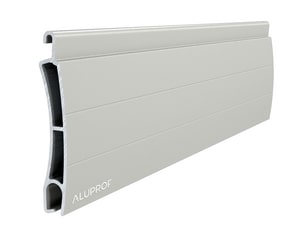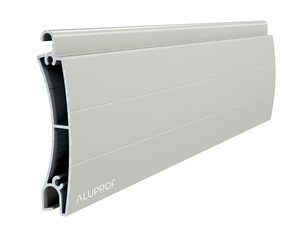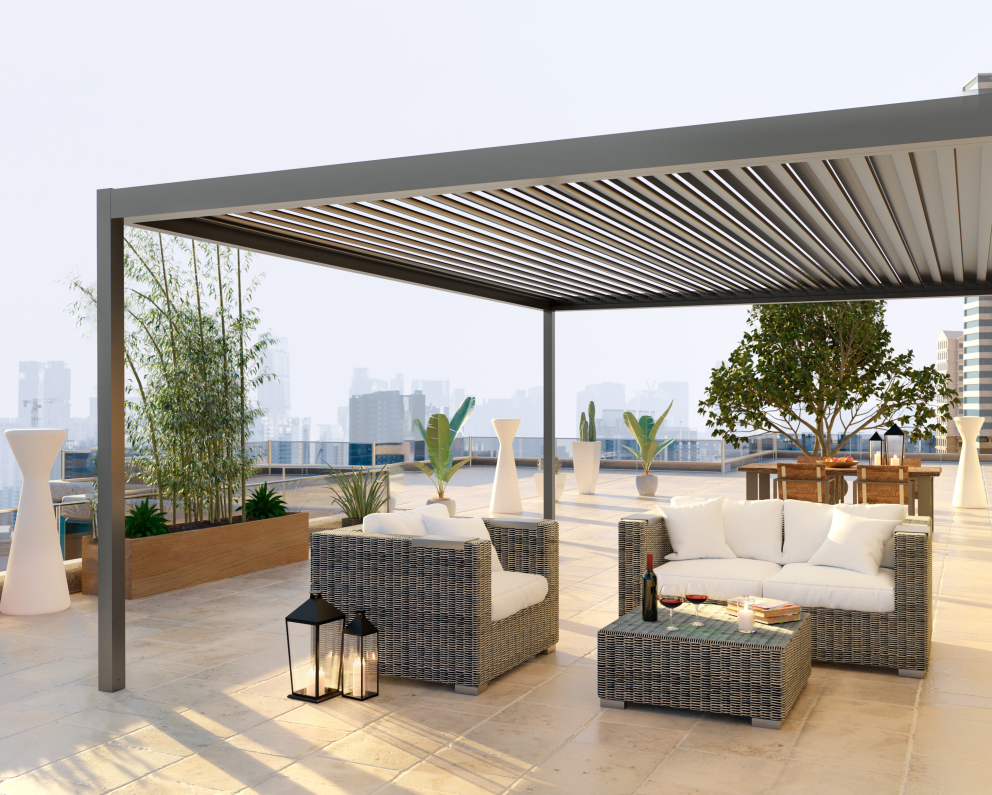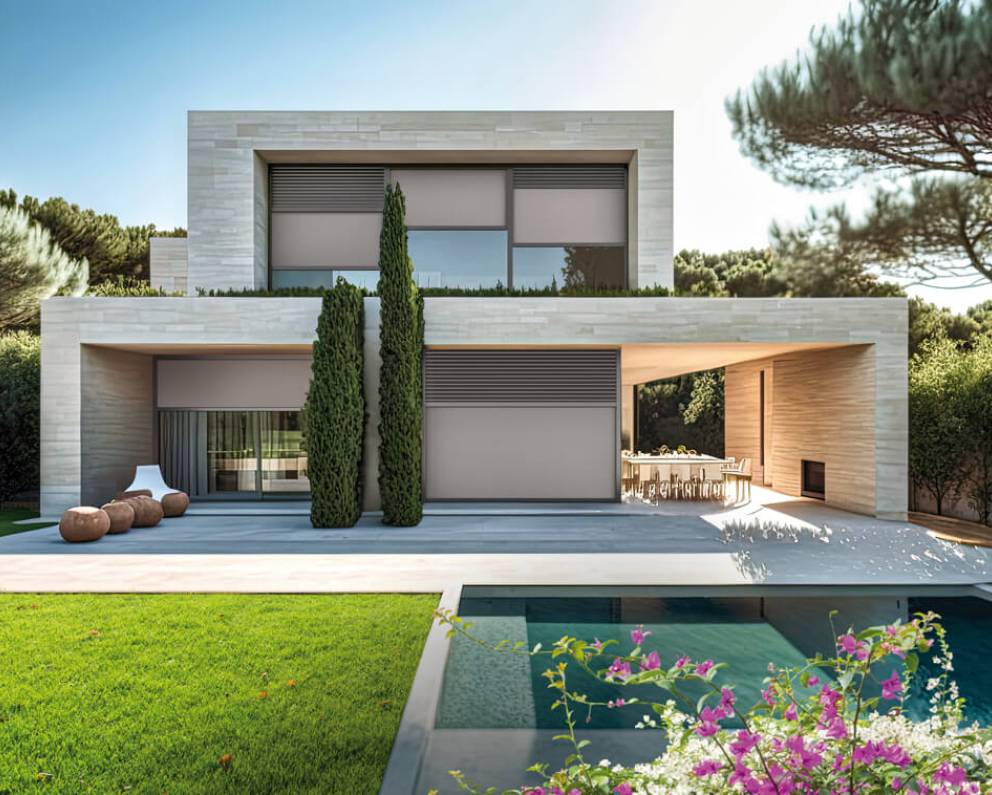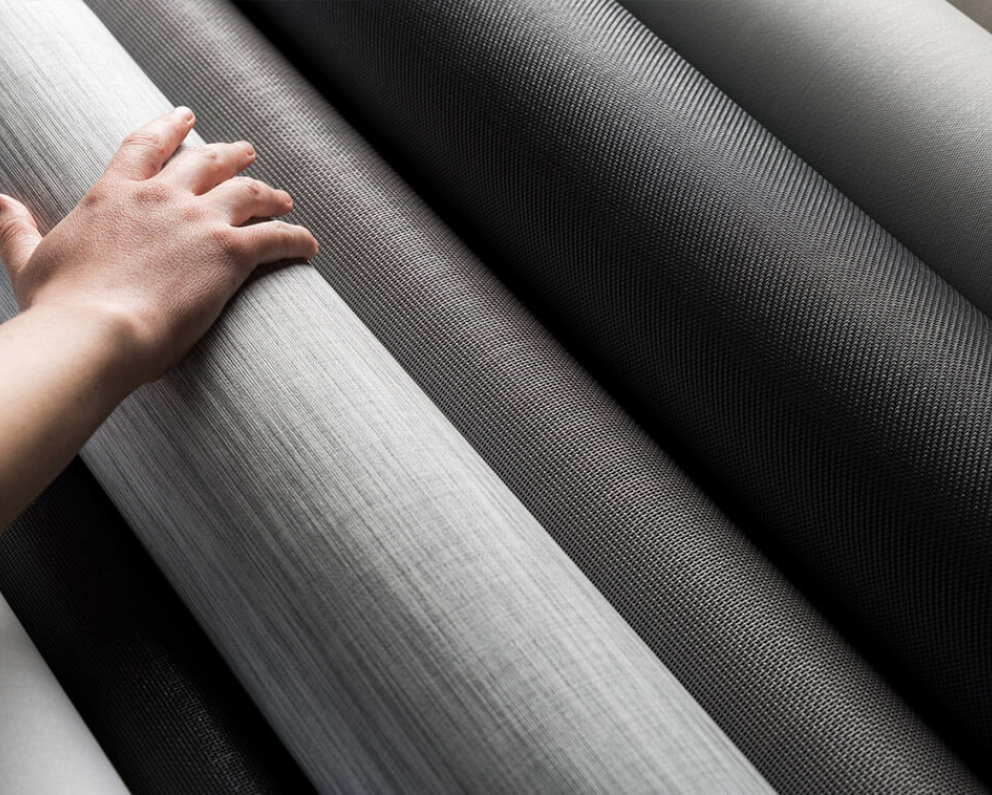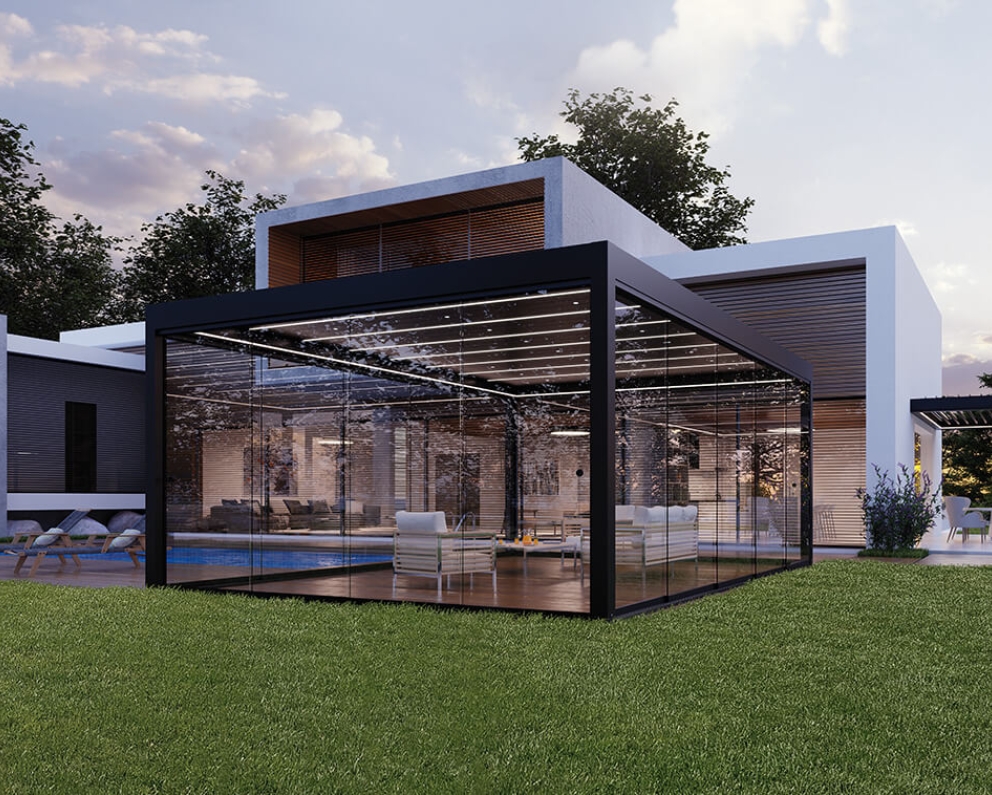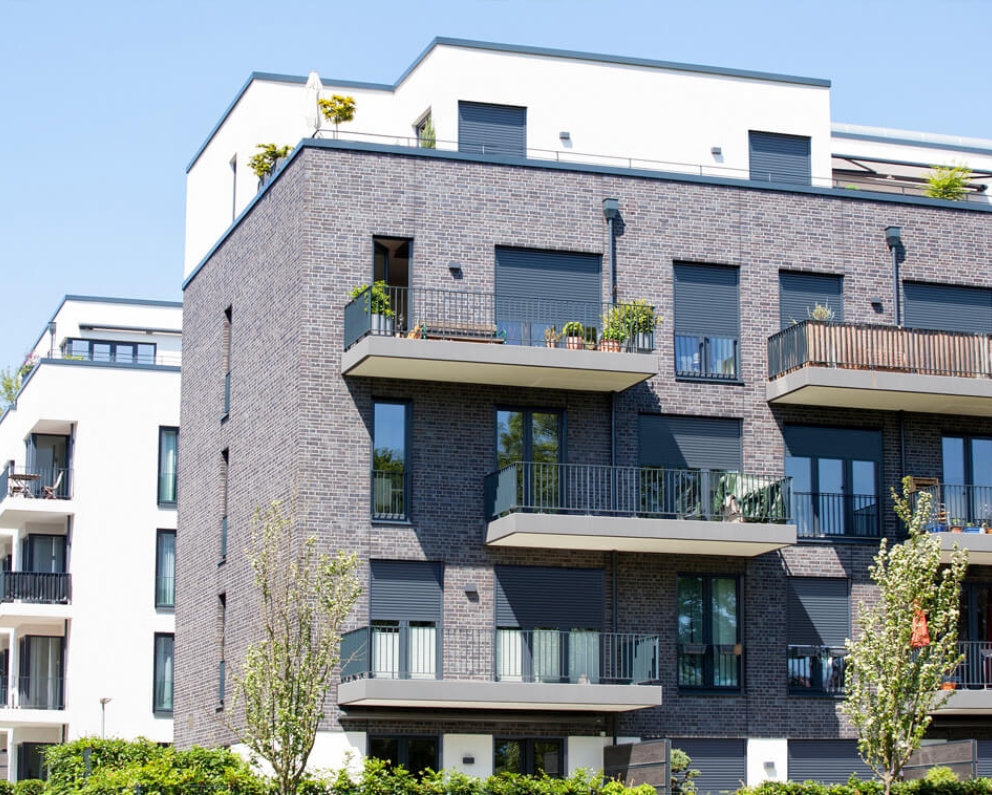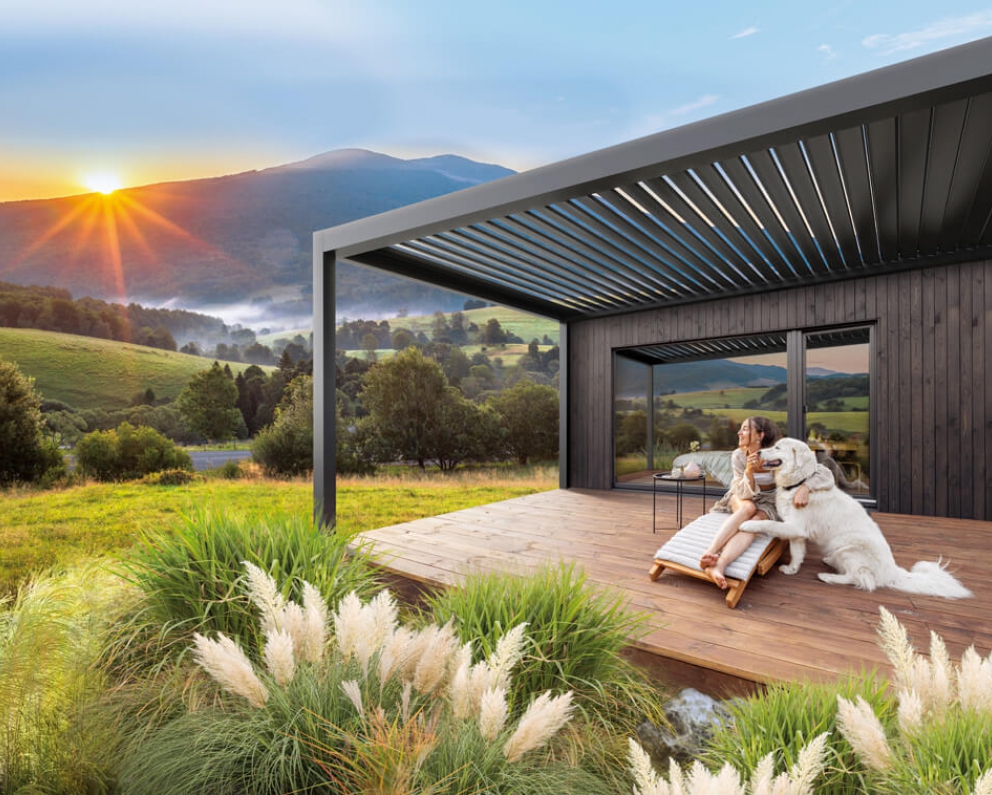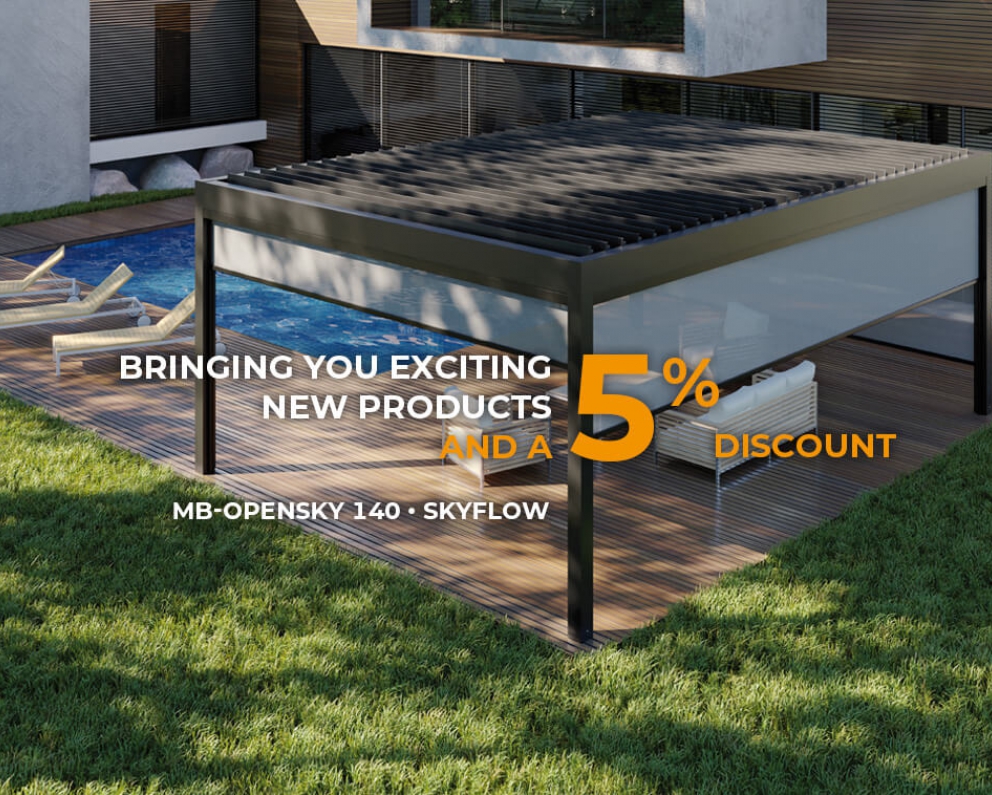SP and SP-E flush mounted roller shutter systems
SP & SP-E flush-mounted systems are mainly designed for use in newly erected buildings, but also in existing ones, once the necessary changes to the lintel are made. It is important to plan the use of such solutions, which also applies to their installation method, this as early as at the building design stage, to allow for the effective use of the product’s functional values. SP & SP-E systems bring excellent thermal & sound insulation performance as they do not interfere with windows, doors or lintels, and thus they do not affect the building’s energy use. What’s more, they integrate the building’s façade and form an integral part thereof. The front section of the box is equally a layer for any finishing material (i.e. clinker), so that it remains an unnoticed element of the façade.
Other elements such as access cover or channels can colour-match the windows. As it is the case for adaptive systems, the roller’s curtain can be made of foam-filled plastic or extruded profiles. Flush-mounted system-based roller shutters can be equipped with an insect screen which provides effective protection against insects while maintaining the flow of light and fresh air to interior spaces.
The Passive House Institute in Darmstadt (PHI) has shown its appreciation for Aluprof’s SP and SP-E rollers shutters performances. The Institute issued a certificate for the roller-box 165 or lower, approving both systems and their installation as a solution for passive houses. SP & SP-E roller shutters are based on flush mounted system in which the front section of the roller-box is equally a basis for any finishing material. The roller shutter’s components do not interfere with windows, doors or lintel and thus do not affect the tightness of the entire building. SP & SP-E systems were designed to prevent the heat from escaping and to provide an attractive finish to the façade. Suitable installation method enables the use of any window recommended by the PHI, i. e. windows whose heat transfer coefficient Uw does not exceed 0. 80 W/(m²K), and the glass coefficient Ug does not exceed 0. 70 W/(m²K).

